Texas contains natural springs, waterfalls, sand dunes and historic sites. The terrain changes from desert to swampland. The state features mining towns, military forts, Japanese gardens and prehistoric locations. Visitors can explore underwater caves, limestone cliffs, and salt marshes. The area includes Native American quarries, Spanish missions, and 19th-century plantations.

Wimberley, Texas, USA
A vertical underwater cave system with multiple chambers extending to a depth of 40 meters.
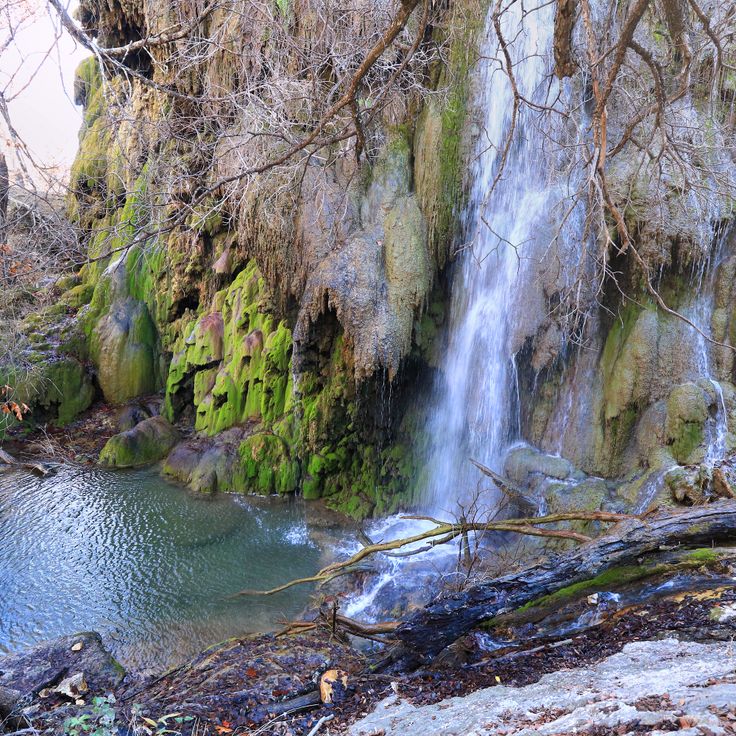
San Saba County, Texas, USA
A waterfall in Colorado Bend State Park with a height of 18 meters flowing over limestone formations.
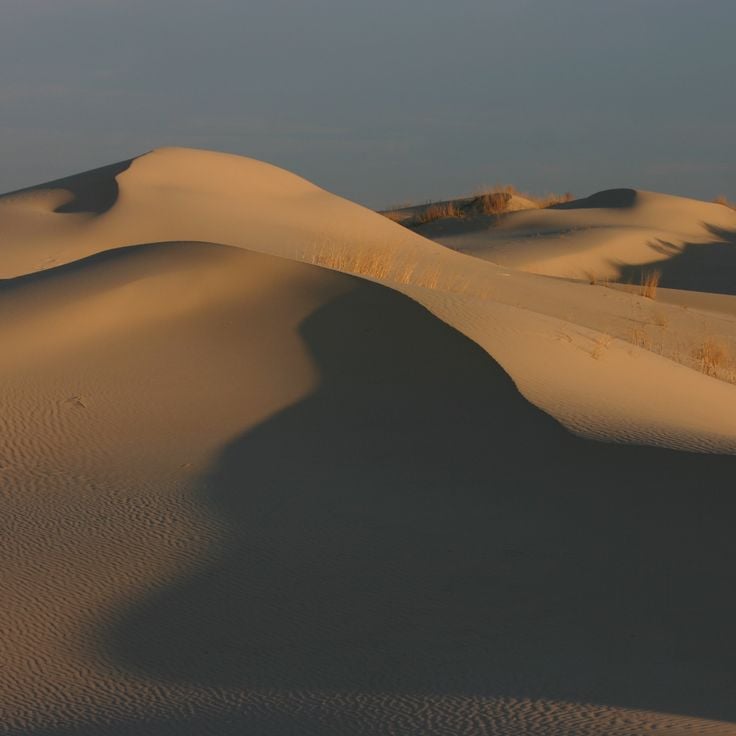
Ward and Winkler Counties, Texas, USA
A natural area with active and stabilized sand dunes covering 15 square kilometers of land.
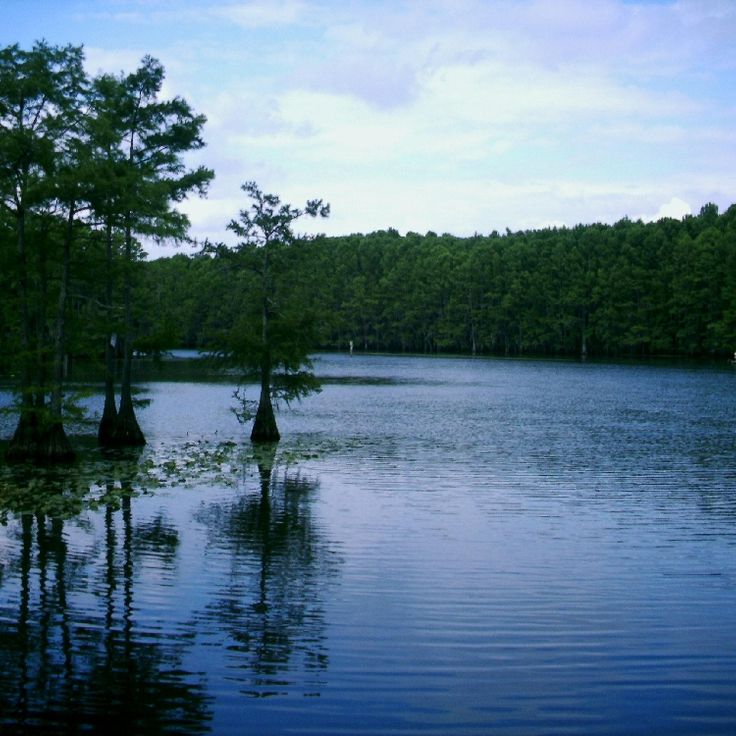
Harrison and Marion Counties, Texas, USA
A freshwater lake of 105 square kilometers with swamp cypresses, providing habitat for alligators and water birds.
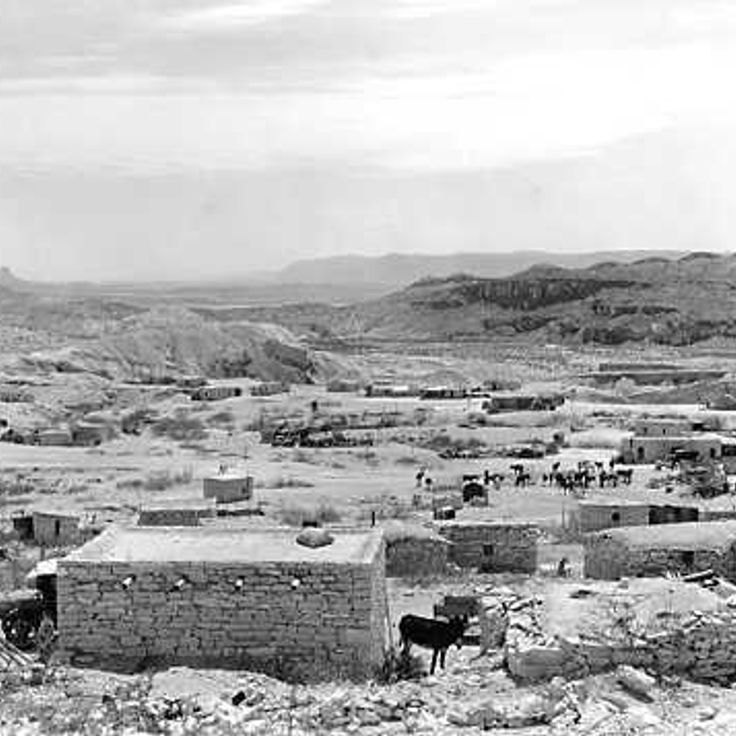
Brewster County, Texas, USA
This former mining settlement was abandoned in the 1940s. The stone houses and cemetery remain from the mercury mining period.
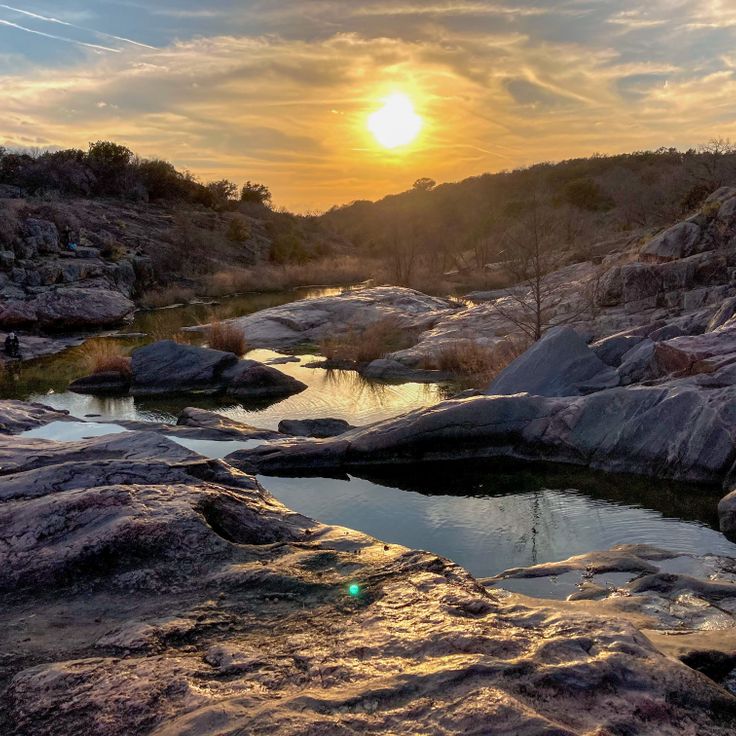
Burnet County, Texas, USA
Natural pond with 100-foot limestone walls in Inks Lake State Park. The water reaches depths of 15 feet.
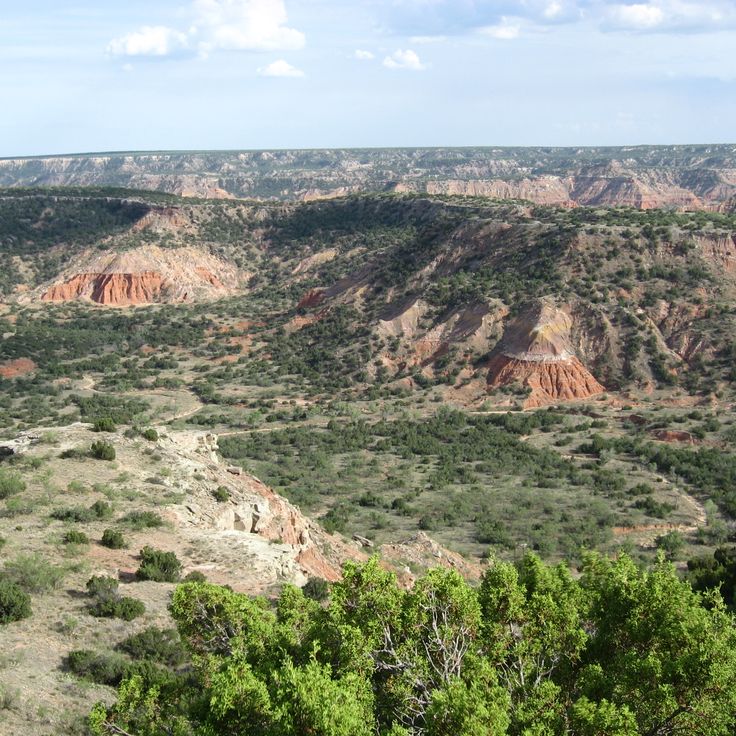
Randall and Armstrong Counties, Texas, USA
The canyon extends 120 miles with an average width of 6 miles and a depth of 820 feet.
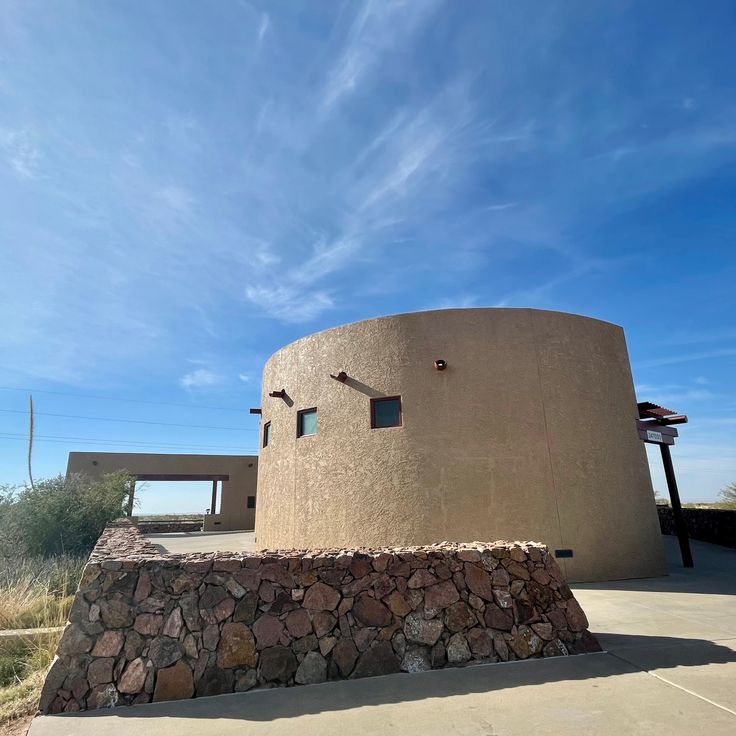
Presidio County, Texas, USA
Observation station for nocturnal light phenomena documented since the 1800s. The cause of these lights remains unexplained.
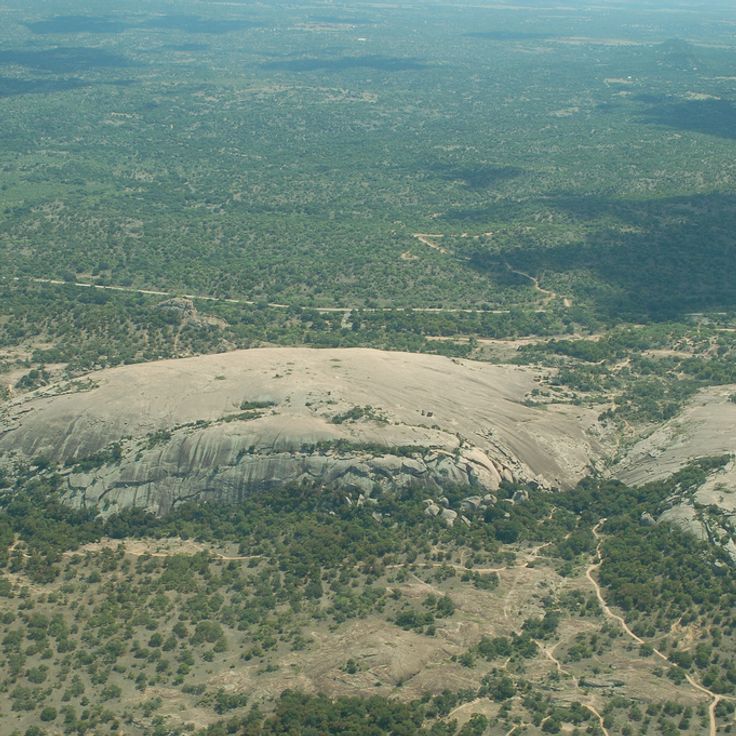
Gillespie County, Texas, USA
The monolith of pink granite rises 425 feet above the plain. From its summit, visitors can see to the horizon.
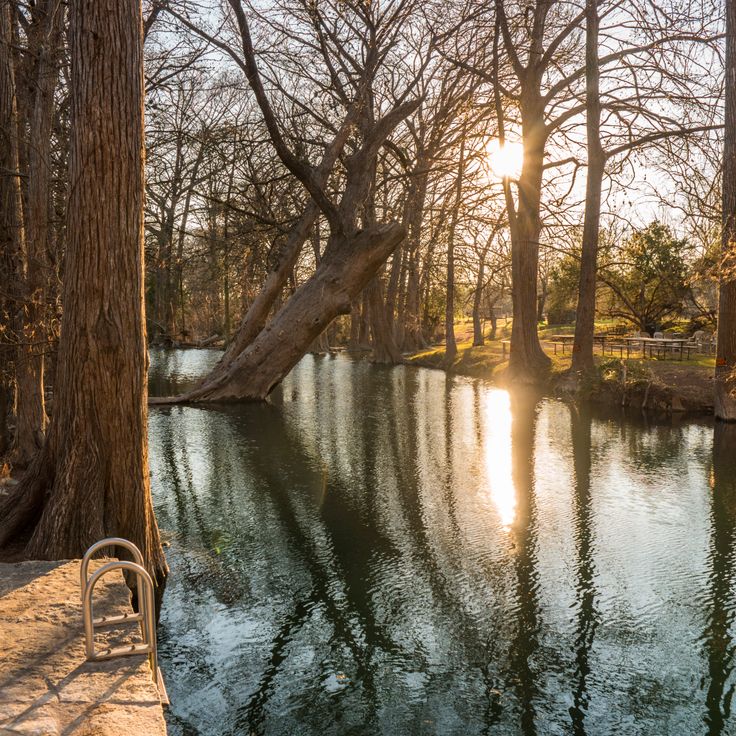
Wimberley, Texas, USA
Natural swimming pool between limestone rocks, fed by an underground spring. Old cypress trees line the shore.
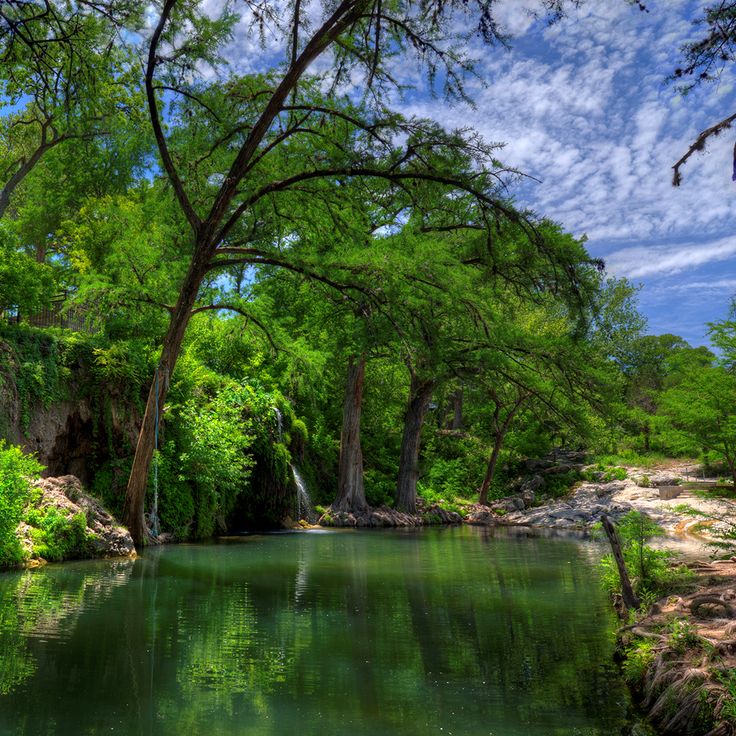
Spicewood, Texas, USA
The private grounds contain 32 springs flowing into several pools. Tent sites are available.
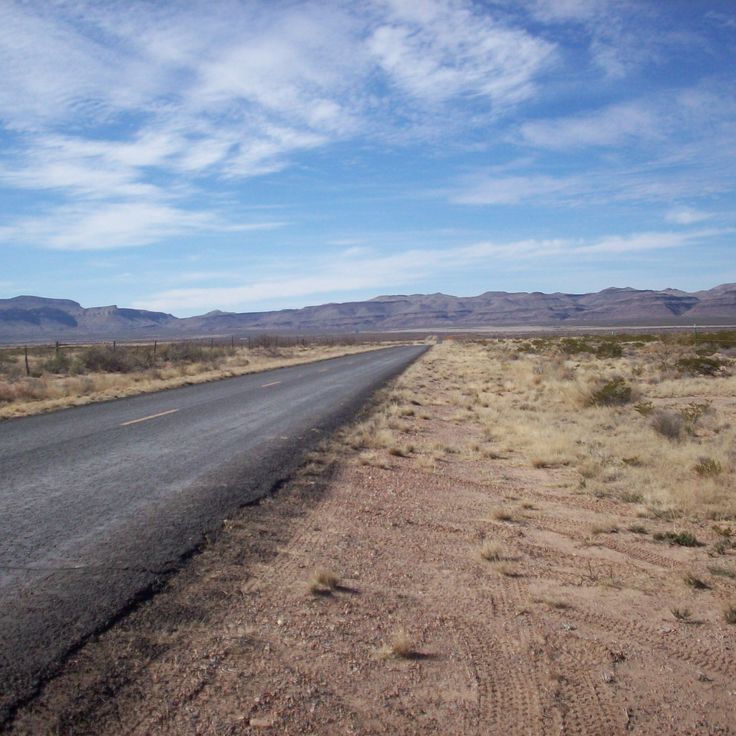
Culberson County, Texas, USA
This former cotton settlement contains empty buildings from the 1920s. A school and store still stand.
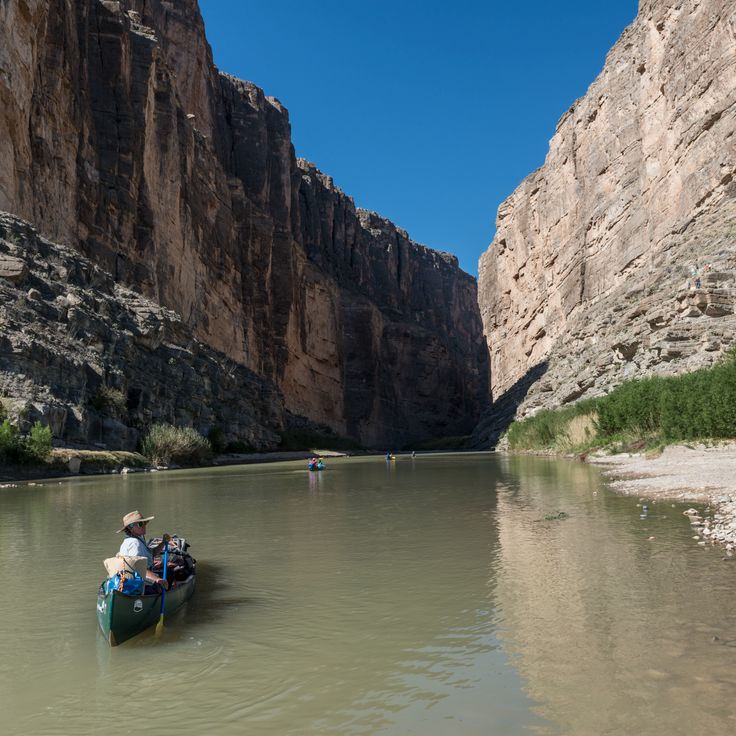
Brewster County, Texas, USA
The Rio Grande river cuts through limestone cliffs between the United States and Mexico. The vertical walls reach 1,500 feet high.
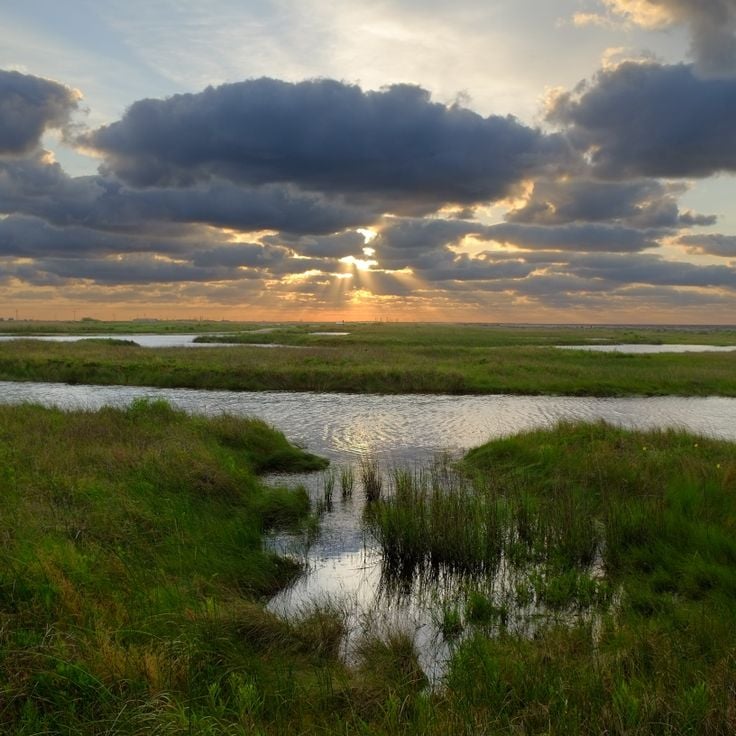
Jefferson County, Texas, USA
Natural area with salt marshes and Gulf beach. The park contains a network of hiking trails and stopping points for migratory birds.
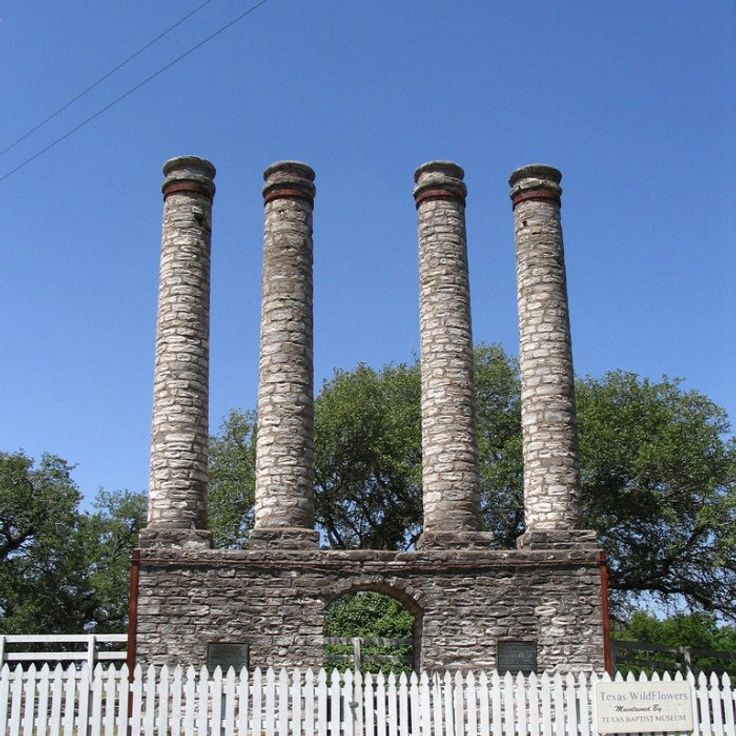
Independence, Texas, USA
Historical site with four columns from the former Baylor Female College established in 1846.
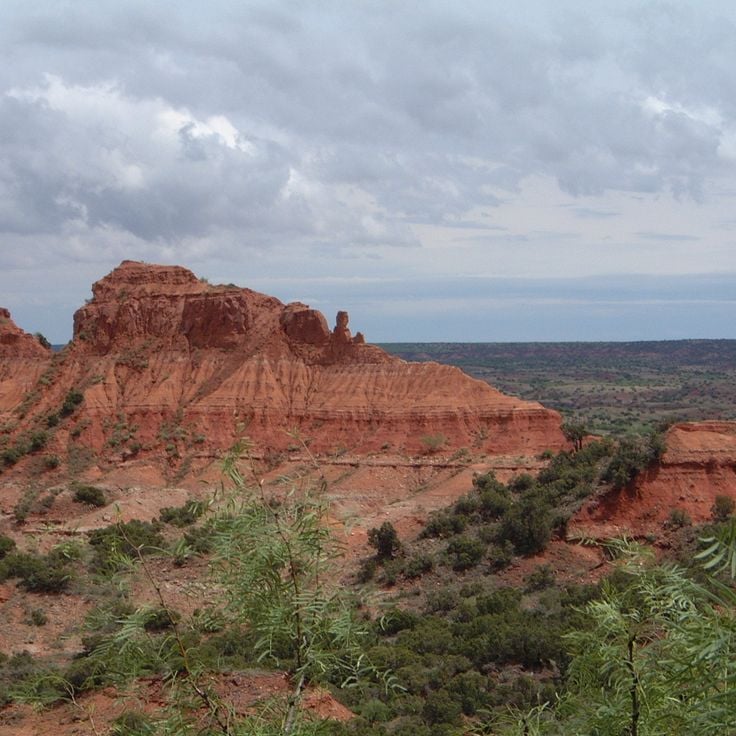
Briscoe County, Texas, USA
Natural park with red sandstone cliffs. A herd of 140 wild bison lives on the 15,000-acre grounds.
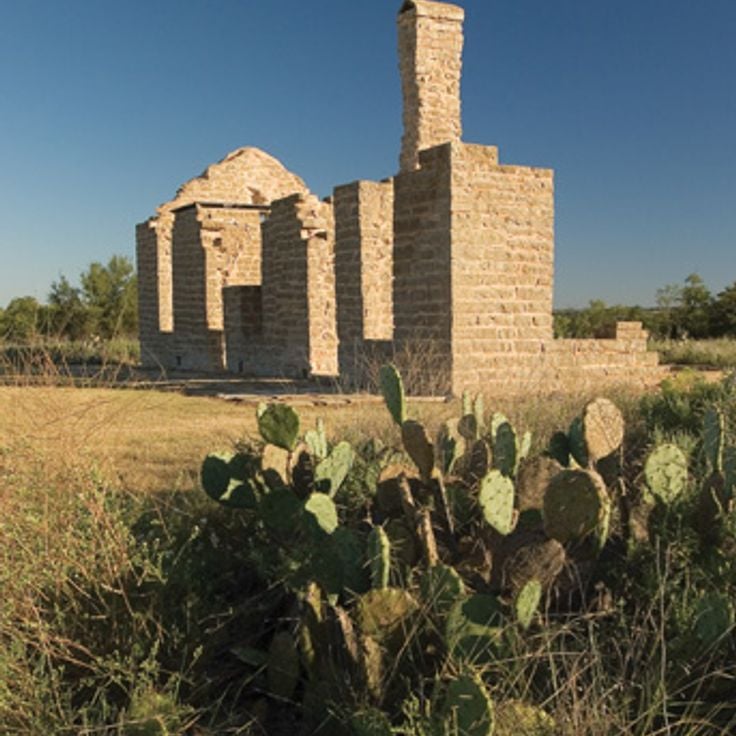
Albany, Texas, USA
A military outpost from 1867 with preserved stone walls, foundations, and a museum about Texas frontier troops history.
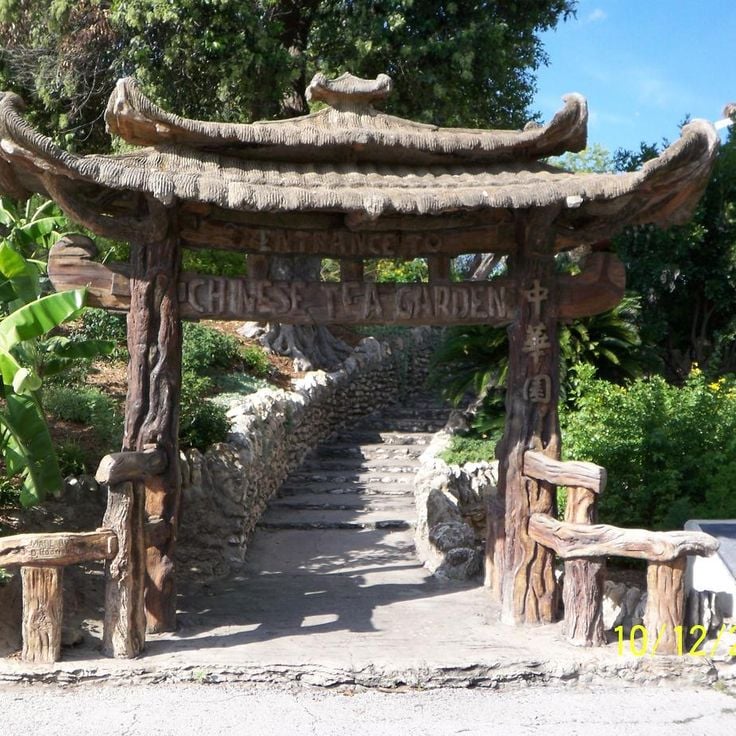
San Antonio, Texas, USA
A botanical garden with tea pavilion, koi ponds, stone bridges and traditional Japanese plants in a former quarry.
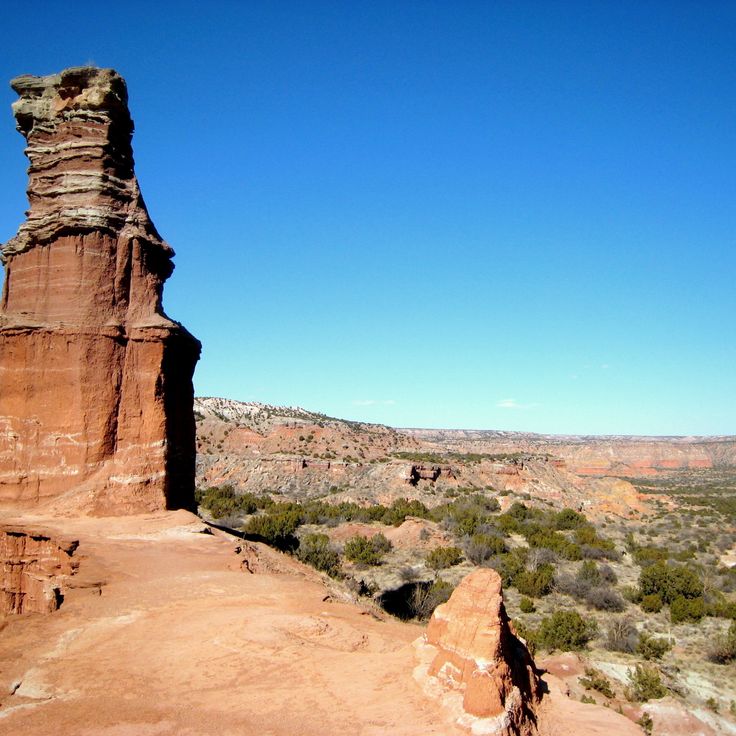
Canyon, Texas, USA
A 300-foot red sandstone pillar in Palo Duro Canyon State Park, formed through natural erosion.
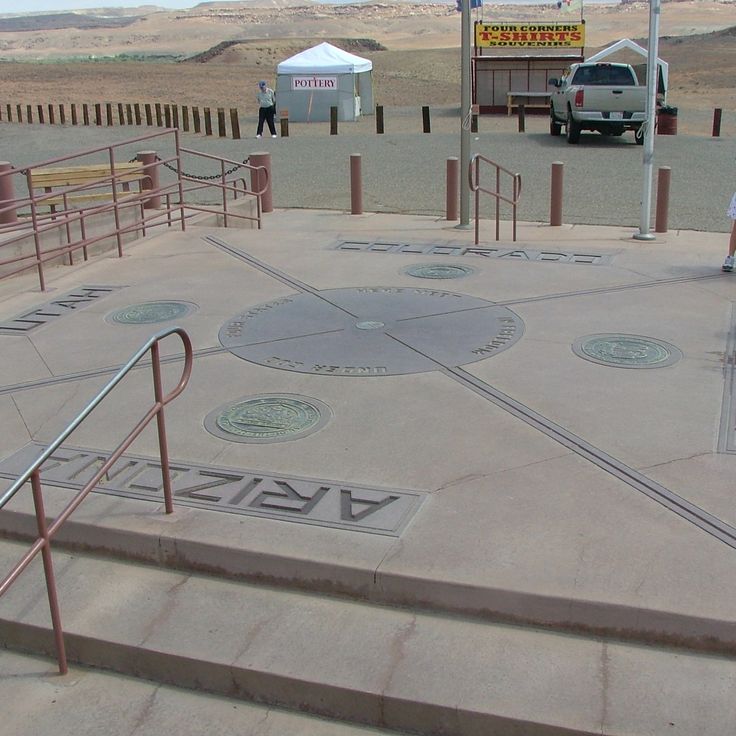
Teec Nos Pos, Texas, USA
A granite marker indicates the intersection of Arizona, Colorado, New Mexico and Utah, surrounded by Navajo and Ute tribal lands.
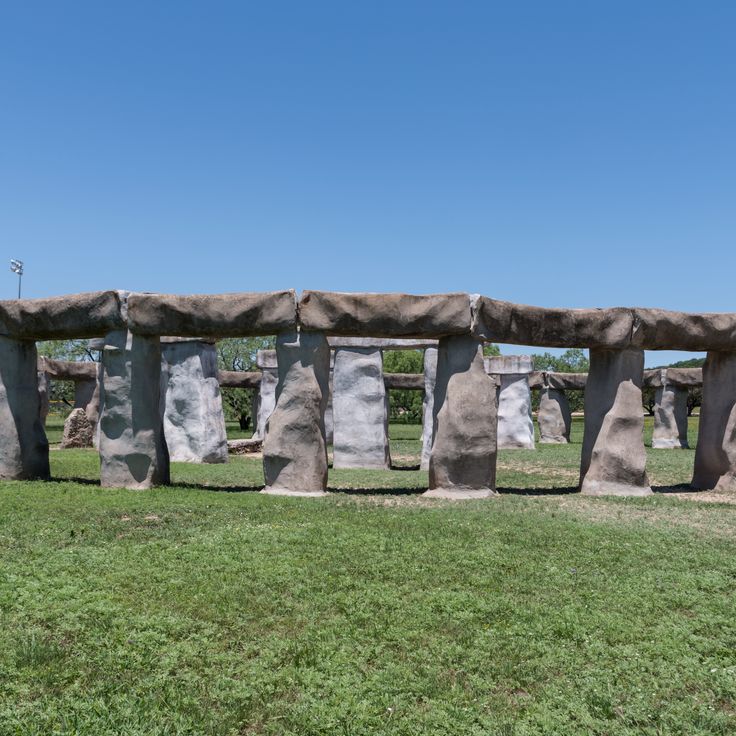
Ingram, Texas, USA
The 1989 concrete replica measures 60 percent of the original English stone circle and features additional stone Moai statues beside it.
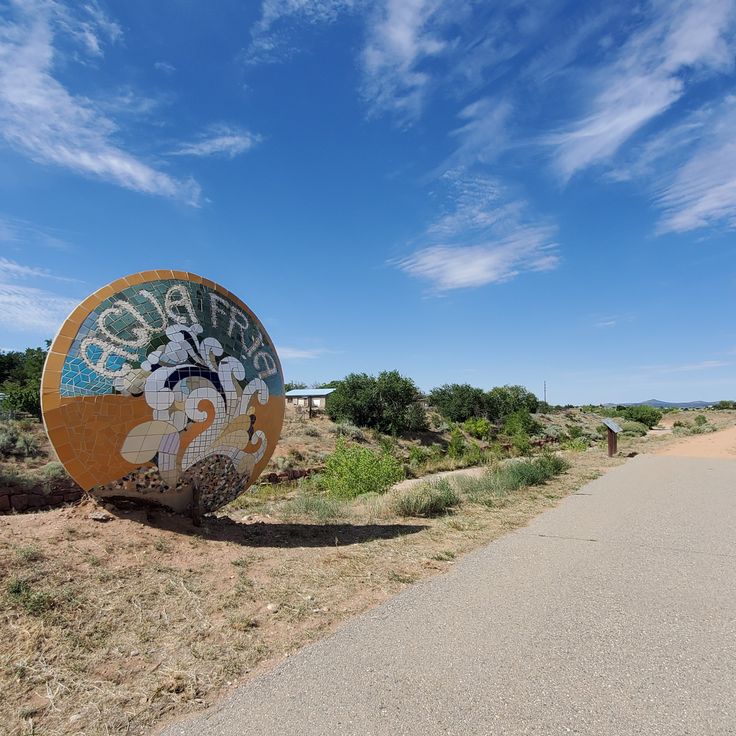
Texas, USA
The historic route extends 2400 kilometers linking Spanish colonial sites, missions and commercial paths established during the 17th century.

Austin, Texas, USA
The collection features 130 artworks by the American sculptor, including bronze sculptures, stone works and wood carvings.
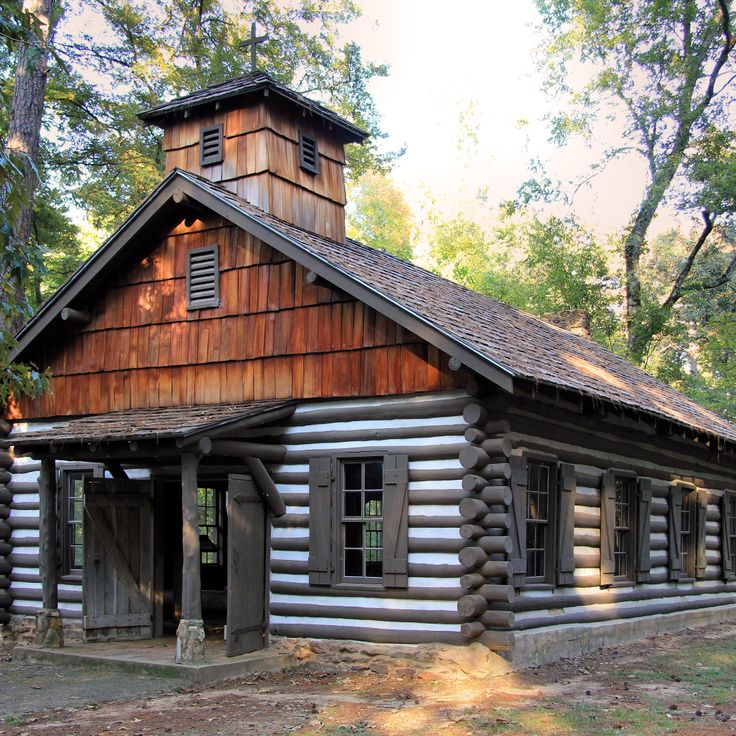
Houston County, Texas, USA
The park opened in 1934 displays an original wooden house from 1828 and a reconstructed version of the first Spanish mission in Texas.
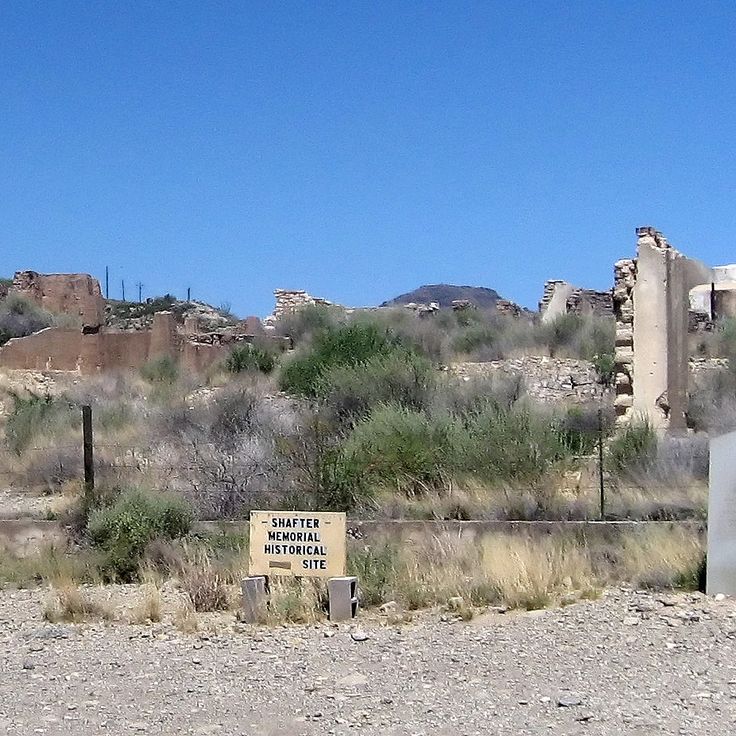
Presidio County, Texas, USA
The mining settlement was founded in the 19th century and later abandoned. The buildings and a silver mine remain.

Glen Rose, Texas, USA
The Paluxy River riverbed contains fossil footprints of dinosaurs from the Cretaceous period.
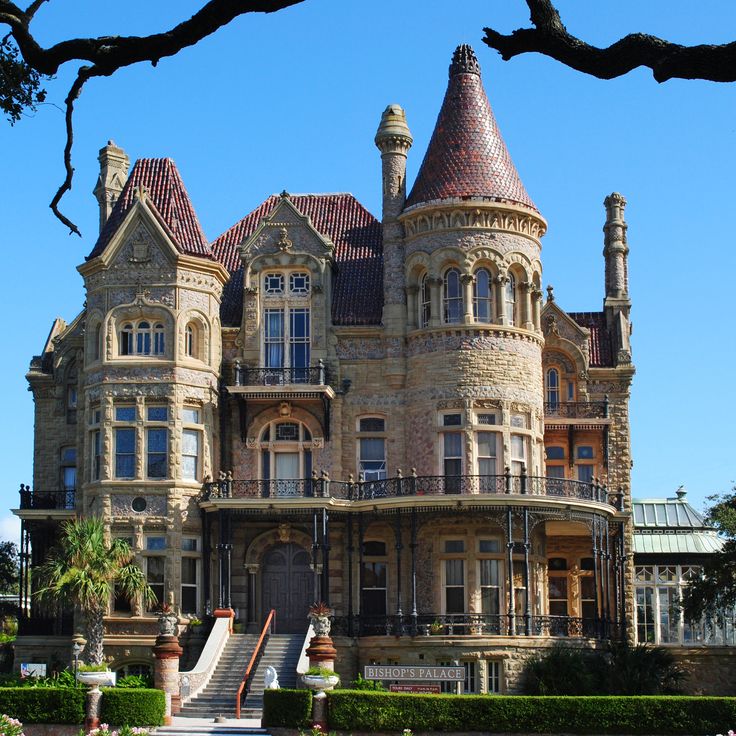
Galveston, Texas, USA
The 1892 building features stone works and wood carvings. The windows contain Victorian stained glass.
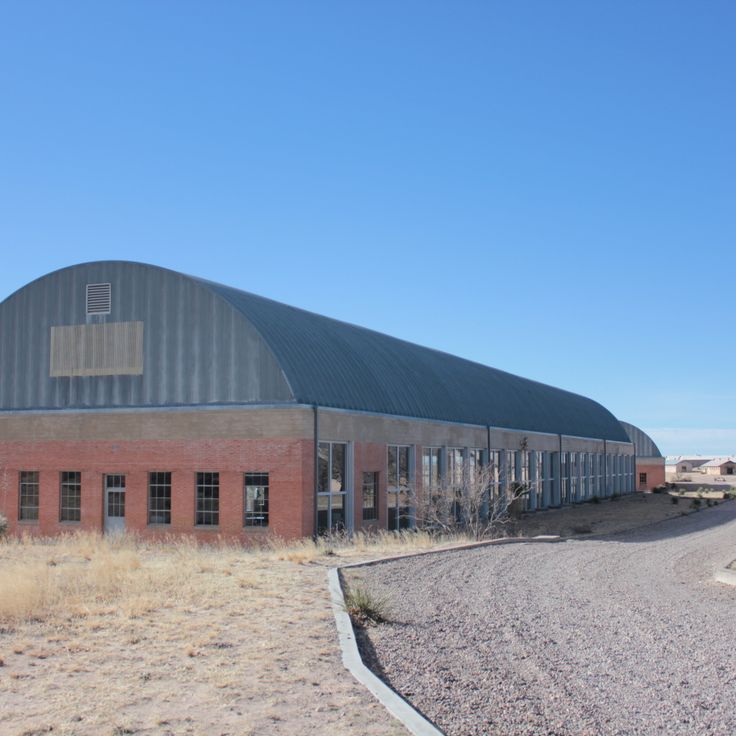
Marfa, Texas, USA
The art collection is located in a former military base. Fifteen buildings on 340 acres display minimalist works.
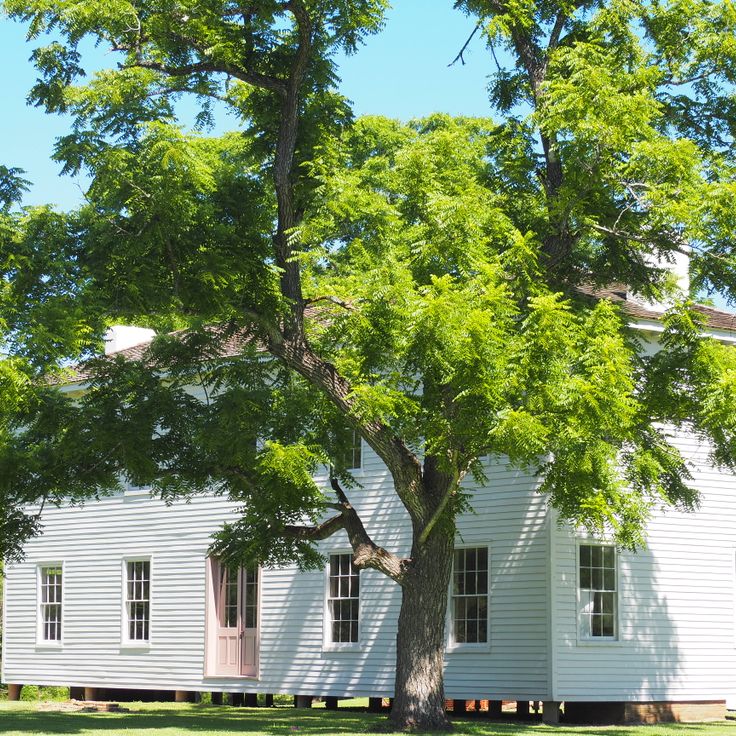
Brazoria County, Texas
The 1848 agricultural complex demonstrates the history of farming labor and daily life in the antebellum period.
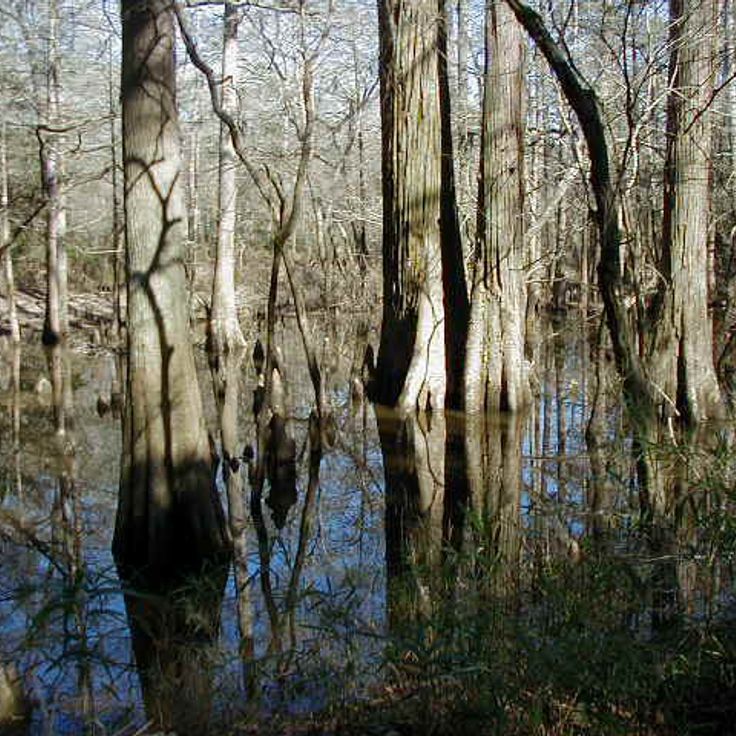
Hardin County, Texas
The area includes wetlands, pine forest and cypress woods with numerous plant and animal species.
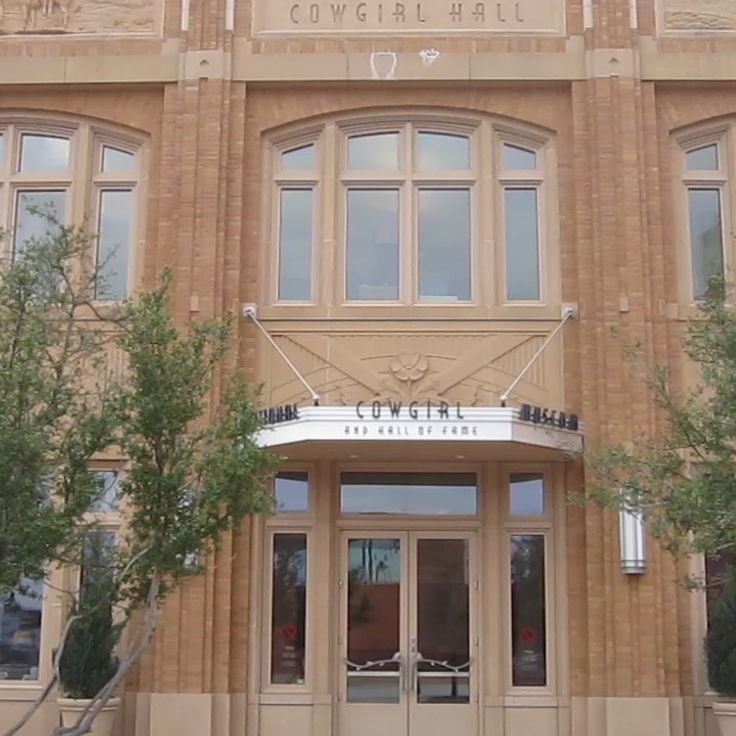
Fort Worth, Texas, USA
A collection of artifacts and stories about women who contributed to developing the American West.
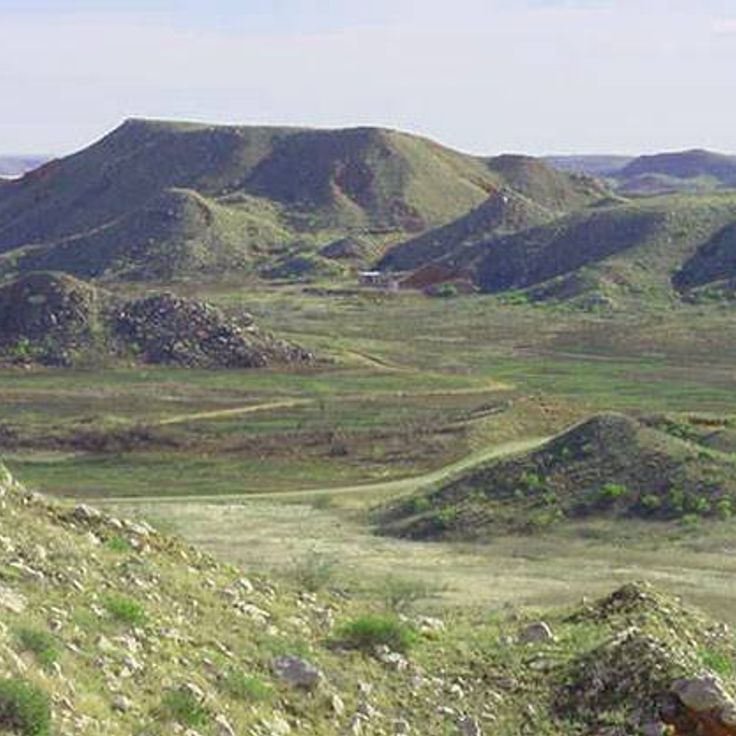
Potter County, Texas, USA
This archaeological site contains quarries where indigenous peoples made tools for over 13000 years.